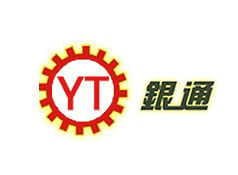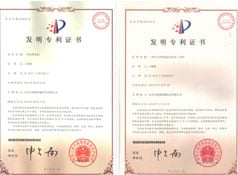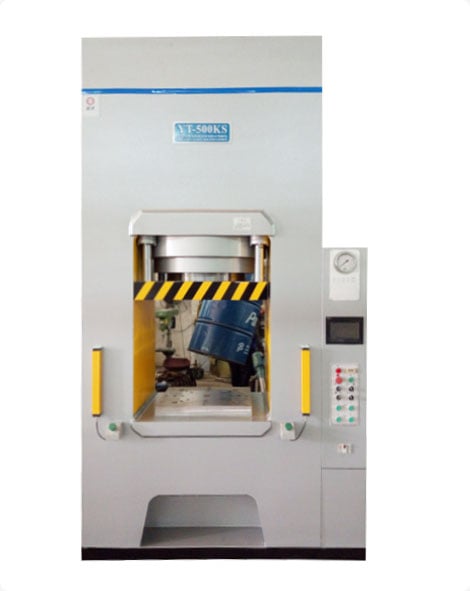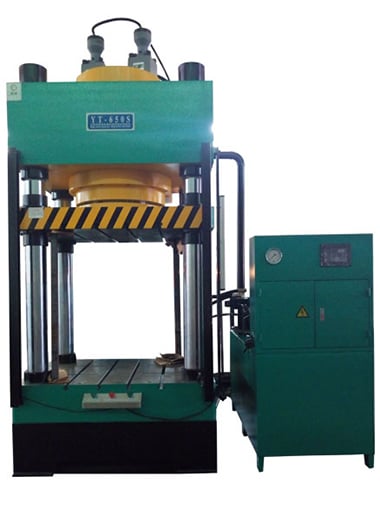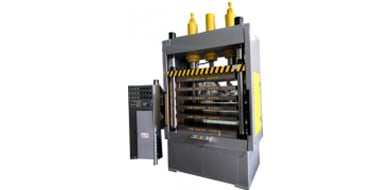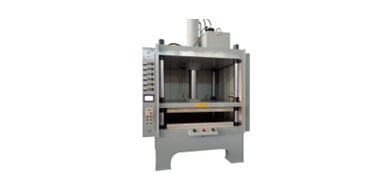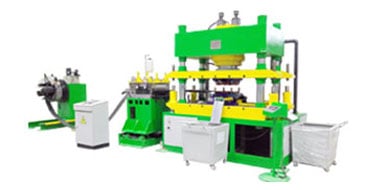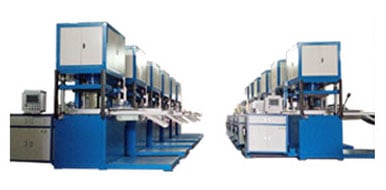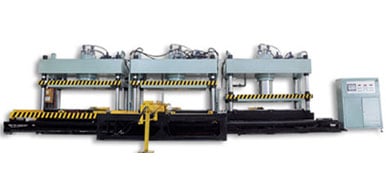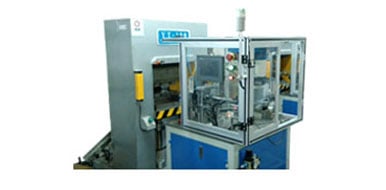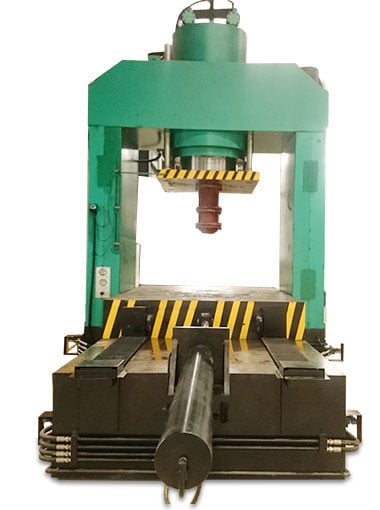What Do I Need to Build a Hydraulic Press?
time:2023-06-02 views:(点击 789 次)
A hydraulic press is an invaluable machine that utilizes liquid to generate pressure, making it suitable for many tasks such as forming, stamping, clinching, bending, flanging, moulding, deep drawing and powder metallurgy.
With the appropriate supplies, it is possible to easily build a simple hydraulic press at home. It consists of a welded frame fitted with a hydraulic jack.
Frame
A hydraulic press frame is an integral component of its machine and serves to support and steady it while assuring operator safety during use. A proper frame should be made of welded metal parts that comply with CE safety specifications, fitted with light sensors at its front and rear to prevent accidents, equipped with blast shields for additional security and equipped with an emergency stop switch for added peace of mind.
There are various kinds of hydraulic presses, each designed for specific uses. Which press you choose depends on your sector and desired amount of pressure application; for instance, some require long-term application, like when compoting materials; others are designed to apply rapid compressive force like for manufacturing medicinal tablets.
Hydraulic presses consist of three primary components: a frame, cylinders and plunger. Cylinders convert hydraulic oil to mechanical energy which drives the ram to process material while applying pressure to workpieces; their plunger then applies this pressure accurately and precisely controls how much pressure is being applied. Together these parts create high levels of force with precise control of its level of application.
One of the most sought-after hydraulic presses is a four-column model. These presses offer unparalleled flexibility and versatility when used for metal fabrication tasks, allowing access from all four sides of die area for automation and quick die changes. Furthermore, their lower profile requires less floor space.
C-Frame Hydraulic Presses are another popular option, taking up less floor space than other metalworking machinery and providing exceptional utility with minimal stroke deflection. They make perfect additions for smaller workshops that need to press precise metal components.
Bench-frame hydraulic presses are portable versions of H-frame presses designed to be used on workbenches or tabletops, making them a good option for low-volume applications that use manual hand pumps. Plus, their ease of maneuverability means they're ideal in locations with limited space.
Hydraulic jack
Hydraulic presses are versatile machines that use hydraulic fluid to exert pressure, making it the perfect tool for forming metal, stamping sheet metal and extruding plastic pipe extrusion as well as bending large diameter tubing or making molds and dies. Plus, hydraulic presses offer greater control over their ram movement allowing users to customize its force, direction, speed and duration - not to mention using different fluids for different jobs in order to prevent damage or wear prematurely.
A hydraulic jack is an essential element of a hydraulic press, giving the machine its strength and allowing you to lift large loads. It consists of a pump chamber with two cylinders - one larger than the other - connected by valves which when opened release oil into one of these cylinders which, when combined with hydraulic fluid from your handle pumping action, lift the piston arm. However, be mindful that this process takes time; so take your time when using your jack.
There are various kinds of hydraulic jacks on the market today, and choosing the appropriate one for your needs is of utmost importance. A sturdy material such as metal will allow your jack to handle heavy loads safely while lasting years longer than its competitors. Before beginning any work on it, ensure it's on level ground; also prepare jack stands to safely support the weight once lifted off it.
Hydraulic jacks operate under Pascal's Law, which states that force is directly proportional to its area coverage. When someone operates the lever to push down on the plunger piston, pressure from both cylinders transfers evenly. Since larger cylinders cover greater surface areas and can distribute a greater force distribution more quickly thereby raising loads higher than expected.
Hydraulic jacks are essential tools in the automotive industry, providing a means for raising vehicles or objects high enough for repairs or changes to be completed. Although this type of jack is compact and easy to store, remember not to place too much weight on its base when using one!
Hydraulic pump
Hydraulic pumps are machines that generate high-pressure liquid power to be used in many different industries, including manufacturing, welding, construction and metalworking. Hydraulic presses offer many advantages over hydraulic pumps for metal sheet forming and shaping processes due to their ability to generate precise forces without damaging materials - this makes them popular options when creating precise force quickly or reducing noise levels.
Hydraulic presses operate based on Pascal's Law, which states that pressure equals force divided by area. A hydraulic system consists of two pistons which can be forced upward by an operator in order to exert equal forces in all directions, transmitted via fluid (typically oil).
There is an array of hydraulic pumps on the market. Their sizes, speeds, capacities and portability all vary significantly, making them easier for use in the field. When selecting your hydraulic pump it is important to consider its intended use as well as your required tonnage capacity.
At the core of selecting a hydraulic pump is its maximum operating pressure. A good pump should withstand whatever pressure is necessary for your project while meeting industry standards - and provide superior performance with minimal maintenance requirements.
To assemble a hydraulic press, you will require three components: a hydraulic pump, base, and platen. The base should consist of four pieces of threaded stock assembled using bolts; then you can place your platesn on top by threading two washers and nuts through each threaded stock piece or using clamps to secure them to your platen.
Hydraulic presses use high-pressure hydraulic systems to generate force needed to crush or mold materials, making this technology ideal for large jobs where crushing or molding require significant force. Furthermore, hydraulic presses feature full tonnage throughout their stroke allowing you to customize and make adjustments as you go along.
Pneumatics
A hydraulic press is a large machine that employs enormous forces to crush metals and other materials, such as wood. Additionally, it can bend, punch, and shear metal pieces. However, due to the danger associated with using one, proper safety equipment and operating procedures must be followed when operating one safely and following hearing protection guidelines when using one. In addition, due to high voltage electricity used during operation it's vital that an experienced electrician install it for optimal use.
Hydraulic presses require immense amounts of power, making them both expensive to operate and difficult to maintain. Furthermore, these machines may be overkill for specific projects requiring them and may be hard to keep running smoothly. Still, hydraulic presses have their uses; for molding, clinching and forming. Large industrial production can benefit greatly from using hydraulic presses; this type of press increases efficiency which ultimately saves money in the long run.
Pneumatics is an energy source similar to hydraulics, using pressurized air instead of liquid as its medium. Pneumatics is found in numerous machinery and tools - including automobiles - including mechanic's power tools that remove tire lug nuts with pneumatic technology; pneumatics is also utilized by jackhammers and many other power tools.
Pneumatic systems differ from hydraulics by using one central source of compressed air for operation and storage. Pneumatics do not require as much maintenance than their hydraulic counterparts and therefore tend to be cheaper to operate and use. They collect air under pressure in tanks before sending it through various pipes and valves before eventually being turned into mechanical energy by pistons or vane. Pneumatics systems are usually less costly to run and use compared with hydraulic ones.
Hydraulic presses can be an excellent solution for many metal-forming jobs, yet their use can be hazardous. Hydraulic presses create high levels of pressure that may prove too loud in a workshop setting and generate excessive heat production that could threaten employees' health. Luckily, safer alternatives exist such as mechanical or electric presses that offer similar functionality without risk to employees' wellbeing.
Link to this article: https://www.ihydraulicpress.com/yn/3371.html
Hot Articles
-
The History of Hydraulic Presses
Hydraulic presses have a long and distinguished history in manufacturing. They remain essential components that keep industries running smoothly and……
-
Heated Plates for Hydraulic Presses
Heated plates are a standard component for hydraulic presses. They help keep your materials at the optimal temperature, making them more resistant t……
-
What Is a Hydraulic Press Machine?
Hydraulic press machines generate mechanical power by applying force on an object, using liquid medium such as oil as its source. Because this liqui……
-
What is the Hydraulic Press Principle?
A hydraulic press machine utilizes Pascal’s law to generate force by compressing a confined liquid. This principle states that pressure applie……
-
What is the Difference Between a Hydraulic Press and a Forging Press?
What is the difference between a hydraulic press and a forging press? Forging presses provide pressure to shape metal into desired shapes with eithe……
-
Hydraulic Presses in the Paper Industry
Hydraulic presses are powerful industrial machines that utilize fluid pressure to compress materials. They find applications in metalworking and pla……
-
Why Oil and Not Air is Used in Hydraulic Presses
A hydraulic press uses Pascal’s Law to amplify any force applied against it, creating high volumes of pressure with minimal effort. Hydraulic ……
-
What Is Hydraulic Press Plan?
A hydraulic press uses a hydraulic pump to produce forceful pressure. Its design follows Pascal’s law, in which changing pressure in an enclos……
Latest News
-
Hydraulic Presses – Common Uses
Hydraulic presses are widely used in a range of industries. They’re commonly seen in manufacturing, construction, recycling and more. TheyR……
-
What Do You Need to Use a Hydraulic Press?
Hydraulic presses produce massive amounts of force to assist facilities with fabrication and assembly processes. Hydraulic fluid (usually oil) tra……
-
What Is The Material For Hydraulic Press?
Hydraulic presses generate significant compressive force to straighten, bend, stamp or flatten materials into desired forms. They use fluid power ……
-
Why Do Objects Explode Under a Hydraulic Press?
Hydraulic presses are highly effective machines for applying sustained pressure on objects. Configured as two cylinders with pistons stacked one o……
-
Components of a Hydraulic Press
Hydraulic presses are industrial machines that utilize hydraulics to apply pressure in the form of force. They’re commonly used for bending, f……
-
Blaise Pascal and the Hydraulic Press
Blaise Pascal was a French mathematician, physicist and philosopher renowned for his contributions in mathematics, physics and theology. Additiona……
-
Who Has a Hydraulic Press?
Hydraulic presses play an essential part in fabrication and assembly processes in various industries. Their pumps create pressure that drives a hy……
-
What Is the Purpose of a Hydraulic Press Brake?
Hydraulic press brakes are metal bending machines that rely on force to shape metal. Their structure generally consists of a bed or frame, ram, and ……
